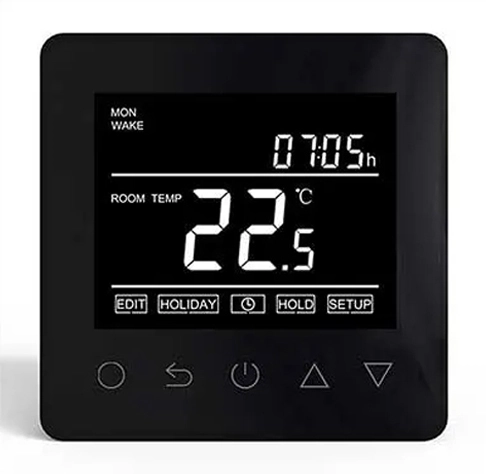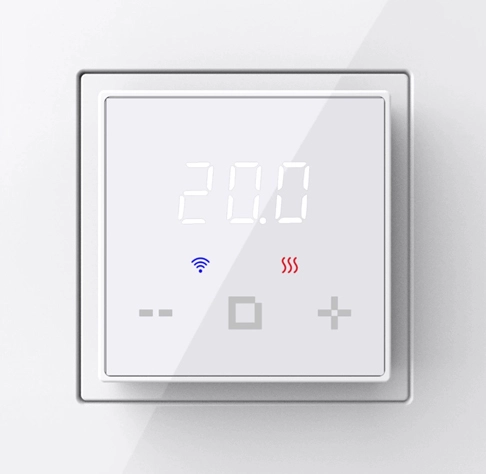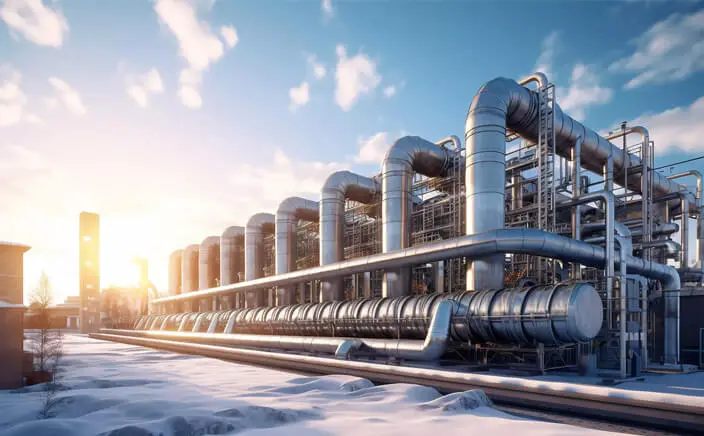Installation of Constant Wattage Heat Cable:
Planning and Design:
Calculate heat loss based on local climate, insulation (R-value), and desired surface temperature.
Determine cable spacing (distance between loops) to ensure even heat distribution. Use manufacturer guidelines for spacing vs. wattage.
Map the layout, avoiding sharp bends or overlaps.
Preparation:
Clear the installation area of debris, rocks, or obstacles.
Install insulation boards (if required) to minimize downward heat loss.
Ensure proper drainage to prevent water accumulation, especially in outdoor applications.
Cable Layout:
Unroll the cable carefully, maintaining consistent spacing. Use cable straps, clips, or hot-melt glue to secure it to the surface.
For snow melting, snake the cable in a serpentine pattern. For pipe tracing, wrap or run parallel to pipes.
Electrical Connections:
Connect the cable to a thermostat or temperature sensor to control power.
Use cold leads (unheated sections) to route the cable to the power source, following electrical codes.
Install a GFCI breaker for safety, as required by local regulations.
Testing:
Perform a resistance test (with a megger) to check for damage.
Energize the system and monitor temperature with an infrared camera or thermometer to confirm uniform heating.
Maintenance of Constant Wattage Heat Cable:
Regular Inspections:
Check for physical damage (cuts, kinks, or exposed wires) to the cable jacket.
Ensure proper insulation and drainage around the cable.
Test the thermostat and sensors for accuracy.
Seasonal Checks:
Before winter (for snow melting), activate the system to verify functionality.
Clean debris from the cable’s surface to maintain efficiency.
Energy Monitoring:
Track energy usage to detect anomalies, which may indicate a malfunction or insulation degradation.
Preventive Measures:
Replace damaged sections promptly to avoid short circuits.
Avoid covering the cable with impermeable materials that could trap moisture.
Long-Term Care:
Re-insulate areas where heat loss has increased (e.g., settling soil).
For pipe tracing, inspect surrounding pipes for corrosion or leaks.
Precautions:
Never overlap cables, as this can cause overheating.
Avoid installing in areas with high foot traffic without protective covering.
Consult a professional for complex installations or if unsure about electrical codes.
By following these steps, constant wattage heat cables can provide reliable, efficient heating with minimal downtime. Regular maintenance ensures longevity and optimal performance.



![3.7w/ft Floor Heating Cable [Uncoupling Membrane] 3.7w/ft Floor Heating Cable [Uncoupling Membrane]](/uploads/file/20240903/16/floor-heating-cable-uncoupling-membrane.webp)



